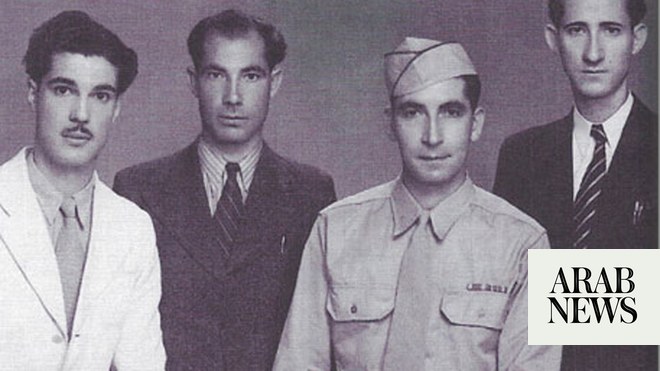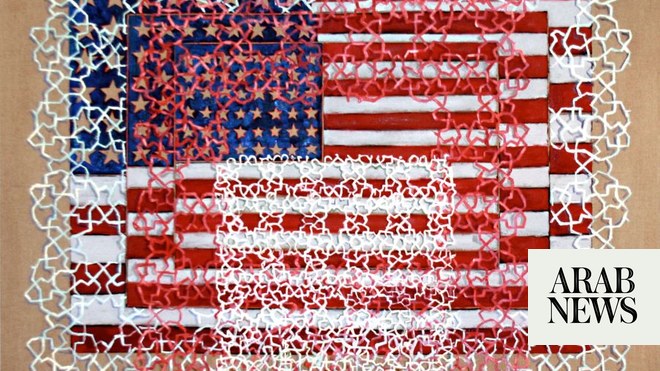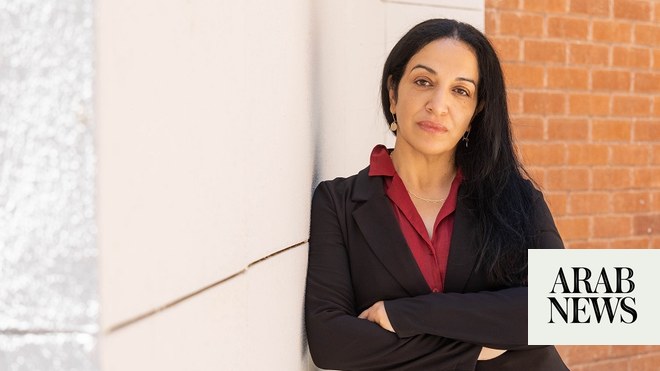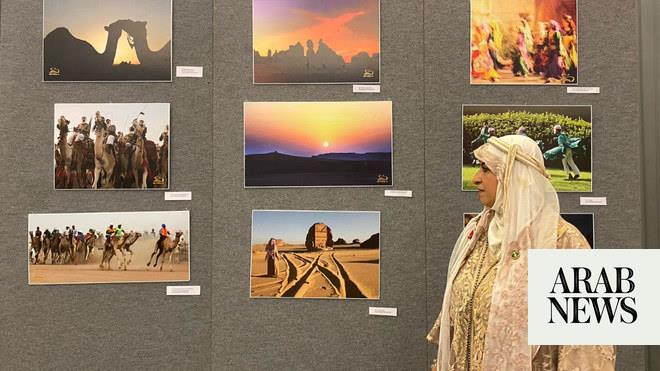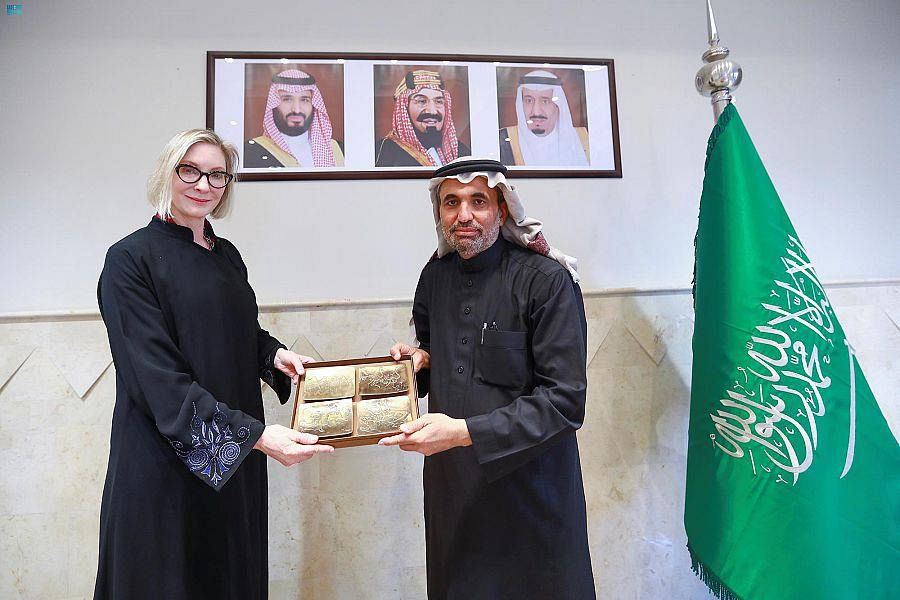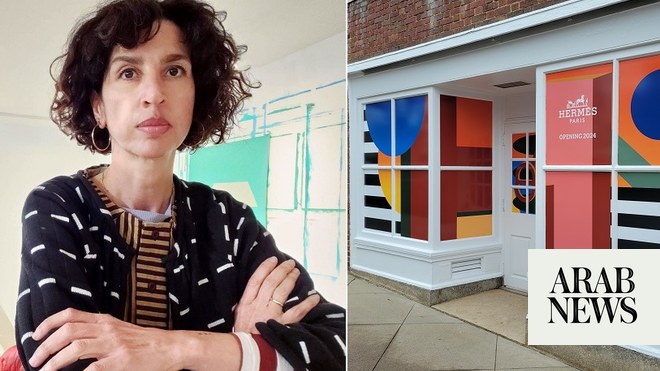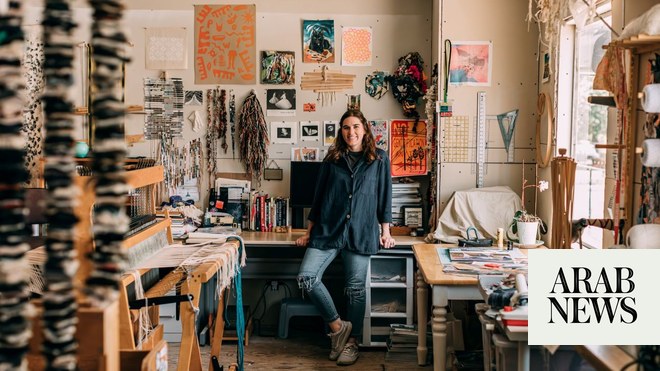
The second in this year’s series focusing on contemporary Arab-American artists in honor of Arab-American Heritage Month
DUBAI: Aneesa Shami Zizzo is a Los Angeles-based artist and researcher who has devoted herself to the tactile medium of textiles and fabrics. She grew up watching her grandmothers quilt and crochet. “I feel like it’s there in the DNA. I love hand-sewing and the feel of the fabric,” she tells Arab News.
For the latest updates, follow us on Instagram @arabnews.lifestyle
Born in Kansas to a Lebanese father and an American mother, Zizzo says her creativity was “fostered at a very early age.”
“I knew I really wanted to be an artist; I remember falling in love with this ability to create something from nothing,” she says. ,
Aneesa Shami Zizzo’s ‘Goldmine.’ (Supplied)
As an adolescent, she was drawing, painting and making collages (the latter became “a main outlet for a lot of teenage angst and anxieties”). It was at the Kansas City Art Institute that she first began to focus on fiber art. “It really speaks to me on a subconscious level,” she says of the medium.
Her textile works are put together using scraps. “I use a lot of industry waste,” she explains. “It’s incredible the amount of textile waste there is in this world. It’s frightening, quite frankly.”
From her youth, Zizzo remembers her Arab grandmother’s cooking and grandfather’s furniture-making skills — he once designed a desk for her. But she says she has only recently started to incorporate her Arab ancestry into her work, which has always been influenced by personal memories and close family members.
“Growing up in Kansas, post 9/11, it was hard being Arab-American and embracing my heritage,” she says. “Now, I’m trying to embrace it and bring it into my daily life, especially since I have a two-year-old son, Yuri, and I want to share that with him.”
In 2017, Zizzo visited Lebanon. “It was so amazing to be there in person and see where my dad grew up,” she recalls. “We saw the country and toured in a little bus with all my cousins together. We went to Baalbek. It changed my life. Coming home from all of that, I’m changed.” She referenced the ancient Roman columns of Baalbek in her work “Baba’s Goldmine.”
“It was my first and only trip to Lebanon,” Zizzo, who will soon take on a residency at the Arab American National Museum in Michigan, says. “I wanted to commemorate it.”




